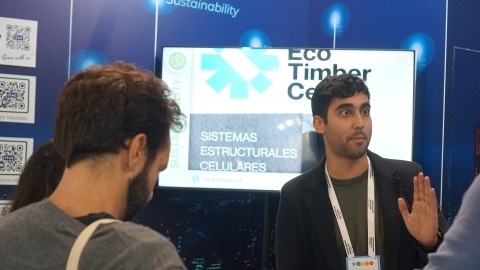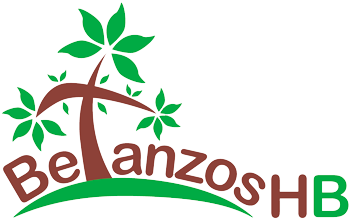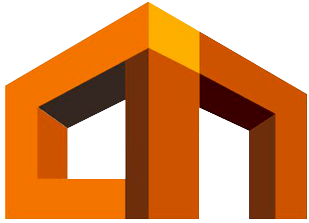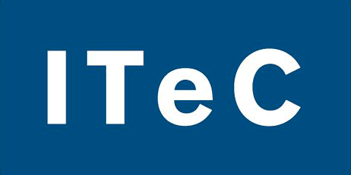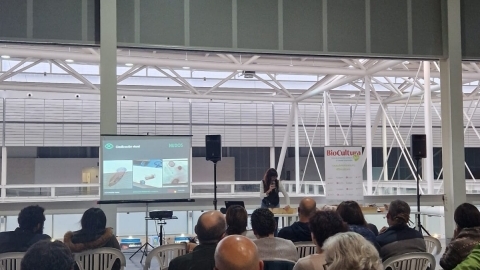
Last news

Our world is changing and the way we build as well
In accordance with Directive 2012/27/EU, it is essential to take action on the following building processes to achieve the objective of reducing greenhouse gas emissions between 80% by 2050 compared to 1990.
Given that buildings account for 40% of the UE´s final energy consumption, reducing their energy consumption is seen as the most effective way to help mitigate climate change.
The construction of houses with this system will increase the demand for certified local wood, which will enhance sustainable forest management and the creation of local green jobs, setting population in the rural enviroment.
Actions and Objectives
The development of the ETC systems through the preparatory and implementation actions (A, C1 to C6), its certification needed to enter the market (C7), together with the business and marketing strategies (C8), and replicability and transferability (C9, E2), and the dissemination and awareness work (E1), constitute an ambitious pilot project Close to market for climate change mitigation, in line with two of the specific priorities of Land use, land use change and forestry (LULUCF).
Climate Change Mitigation Commitment
LIFE EcoTimberCell is a Pilot project Close to market within the priority area Mitigation of Climate Change for the reduction of greenhouse gas emissions that focuses on the EU's political priority, Land use, land use change and forestry (LULUCF).
Specifically, it addresses the following specific priorities within the Sustainable Forest Management and the sustainable use of solid biomass:
Execution of the local value chain and facilitation of low carbon production and transformation of biomass into long-term carbon stocks (substitution of materials)
Carbon warehouse
LIFE EcoTimberCell will suppose a substitution of products derived from Intensive Energy Use Industries, such as concrete and steel in the building.
It is an innovative solution for the construction of low carbon construction elements, which also implies a Carbon fixation in the long term with sustainable materials, EcoTimberCell systems (ETC).
Certified Wood of Local Origin
The ETC systems developed in the project are based on certified local wood, obtained from the mountains of the Galicia-North Portugal Euroregion of high forest potential.
The forest certifications (PEFC and FSC) oblige the owners to implement sustainable forest management to ensure the maintenance
A1. Study of the existing developments in the field of structural adhesives for wood
Currently, there are a large number of adhesives for wood and derivatives in the market. Given that the range of products and possible uses is very wide, it is necessary to limit said range of adhesives to those suitable for carrying out structural uses, with the required strength performance
A2. Characterization of the local materials to be used, belonging to the Euro-Region Galicia-North of Portugal
Wood has variability in its properties, not only depends on the species, but also on local environmental conditions and applied silvicultural techniques. For this reason, it is essential to know the particular properties of the pieces used for the realization of the prototypes, and thus to control the variables that influence the tests
C1. Development of fiber boards with adaptive features to the EcoTimberCell
After the characterization of the local raw material (obtained in the action A2), this action aims to obtain a fiberboard adapted for use in the EcoTimberCell with improved qualities of mechanical resistance, moisture and reaction to fire (A2)
C2. Development of lignin as a fiber binder and adhesive
This action will evaluate and validate the adhesive character of industrial extracts of BHB, whose ultimate purpose is to develop 100% ecological, biodegradable and recyclable products.
C3. Development of EcoTimberCell and EcoTimberCell + cells
This action will validate the EcoTimberCell cells (ETC) and EcoTimberCell + cells (ETC+) using the local materials characterized in A2 action and the developed element in C1 and C2.
C4. Development of structural systems ETC Frame and ETC Box
From the cell EcoTimberCell (ETC and ETC ) obtained in the action C3, will be developed in this action systems of walls, floors and roofs to incorporate to the construction, mainly of houses unifamiliares of high energetic efficiency.
C5. Constructive details and technical specifications of ETC structural systems
After the development of the structural systems in action C4, it is necessary that these products are accompanied by a series of constructive details and recommendations that allow and promote their correct use. In addition, it is necessary to verify its thermal and acoustic properties
C6. Architectural Systems ETC Home and demonstration
Using the elements and systems developed in the previous actions (ETC cells and ETC Frame and ETC Box systems), in this action several housing modules will be designed, the combination of which allows to design housing adapted to the environment and to the specific needs of the user
C7. Certification and final validation of ETC structural systems
Action that includes obtaining European Certification of ETC systems (CE Marking), its Environmental Product Declaration (EPD) and advancing the 3 initial phases of environmental technology verification (ETV).
C8. Business strategy and commercialization of ETC systems
A technology-based company of academic origin (USC spin-off) will be used to manufacture / market ETC systems and their use licenses. The Spin-off will be created in this action.
C9. Strategy for replicability and transferability of results
The Strategy for replicability and transferability of LIFE EcoTimberCell results includes a specific Plan and a set of dissemination actions to enhance the transfer of project results and increase their impact on climate change mitigation.
D1. Monitoring the results and impact of the project
Action focused on evaluating the impact of the project. The analysis of the fulfillment of the expected results and of how the formulated objectives are reached will be carried out.
D2. Monitoring and measurement of specific LIFE indicators
Action D2 responds to the obligation of all LIFE projects to prepare and complete a dynamic database of monitoring indicators that will help the European Commission to evaluate the results of the specific project, and the LIFE Program as a whole.
E1. Sensitization and dissemination of project results
This action establishes tools to achieve greater dissemination of project activities and awareness of the population on the need to mitigate climate change.
E2. Dissemination for the transfer of project results and lessons learned
This action defines and develops the dissemination for the transfer and replicability of the project results at a national and international level, and for the integration of project conclusions applicable to this application, as well as creating a network with other related LIFE projects.
Dotar de mayor valor añadido a la madera local
Desarrollo de productos estructurales tecnológicos de madera certificada para su aplicación en la construcción
Ahorrar energía en la producción de elementos estructurales
Desarrollo de nuevos elementos prefabricados en madera (sumideros de CO2), en sustitución de elementos estructurales habituales en la construcción con alto coste energético
Reducir la demanda energética en el uso de los edificios
Desarrollo de productos tecnológicos en madera para aumentar el número de construcciones con una envolvente térmica de gran eficiencia
Ahorrar en la generación de residuos de la construcción
Reducir el coste energético de su tratamiento teniendo en cuenta los principios de la economía circular
